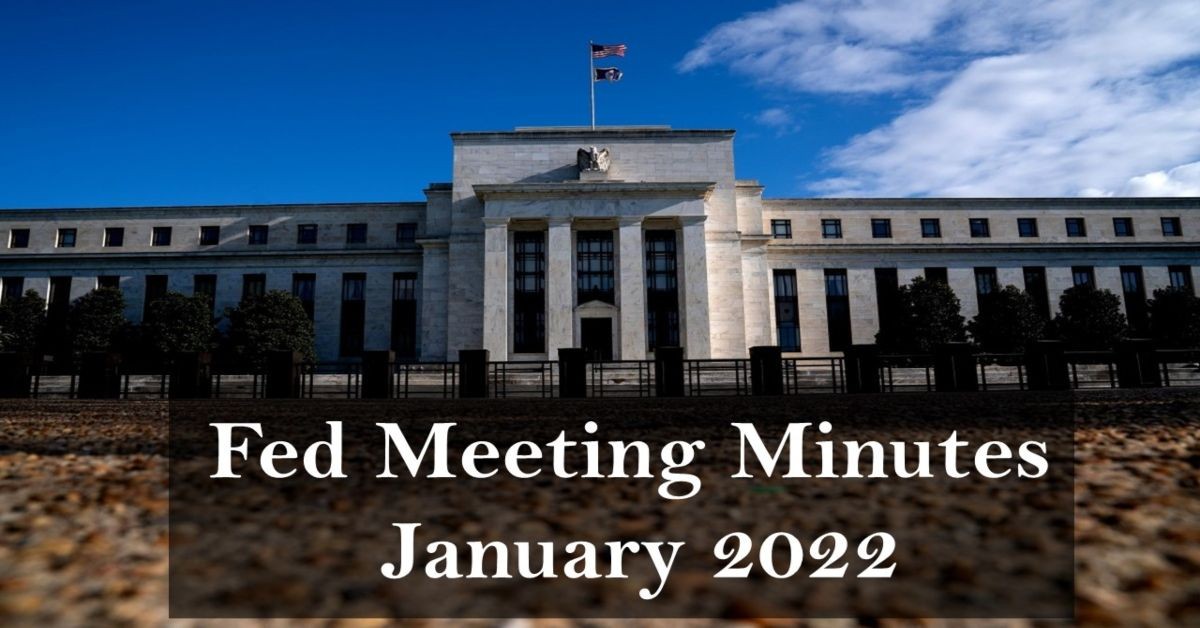Walking before the run will help the stocks?
Yesterday, the Federal Reserve's Open Market Committee (FOMC) released the minutes of its monetary policy meeting of January 25–26, 2022. Participants did not provide clear clues about the main questions of market participants these days, will they raise rates by 50 basis points in March or 25bp? What they are sure about is increasing inflation, and FED has conceded that policy needs to get tighter to decrease the prices. It is noteworthy to say that in the Minutes the word Inflation has been repeated 73 times. However, it was not clear how they exactly going to react.
Minutes also talked more about the FED balance sheet and how the balance sheet reduction will transpire. Allowing some proceeds from maturing bonds to roll off each month rather than being reinvested is one of the possible ways to get rid of that. However, some members believe that selling mortgages outright to get the balance sheet holding to purely Treasury’s can be the better choice.
At the end of the day, there were no more hawkish surprises in the minutes, and the tone was relatively moderate. Considering that the market already has digested the expectation that the Fed will raise interest rates several times, and the central bank's specific position is currently unknown with just saying that they will continue to discuss in future meetings, market volatility appears to be much milder. And somehow, they even ignored it.
Before leaving the subject, have to mention that the minutes also cover the discussion about financial stability. Officials noted that current main risks are coming from elevated asset prices as well as the rapid price increases in crypto assets.
On the data front, yesterday we also had the US retail sales and production data. While Industrial and Manufacturing productions, both were better than expected, it was the Retail Sales numbers that got the attention. US retail sales in January recorded a new high since March last year, increasing 3.8%, far exceeding market expectations of 2%. According to the US Census Bureau's report, non-store retailers recorded the largest increase, up 14.5% YoY; furniture and furniture stores' sales increased by 7.2%; Cars and accessories sales increased by 5.7%; Construction materials and garden equipment suppliers Up 4.1; Retail and food services up 3.8; Sales in Grocery stores up 3.6; Electronics and appliance stores' sales up 1.9; food and beverage stores up 1.1; and clothing and accessories stores up 0.7. On the other hand, Sporting goods, Musical instruments, and bookstore sales fell 3.0; gas stations fell 1.3; Foodservice and drinking establishments, Health and personal care stores, and grocery retailers fell 0.9, 0.7, and 0.1, respectively. Overall, the data reflects that the purchasing power of consumers is still strong and it can help the economic recovery, as much as its share.
Mentioned data and minutes, as I mentioned have been ignored by market participants, as already they have been priced in. Therefore after data, the U.S. dollar index remained under pressure at 95.79. The 2-year Treasury bond yield dropped significantly by about seven basis points to 1.51%.
And earlier today in the Asian season, we had a report from Russian Sputnik, that Ukraine fired mortars & grenades on Luhansk People's Republic (LPR) locations. This news and report need more details and confirmation by other news agencies as well. However, as an initial reaction, US Dollar, Gold, and WTI increased, while stock markets around the globe had some losses. To have more reactions, for sure we need more details about what happened and reactions.


















